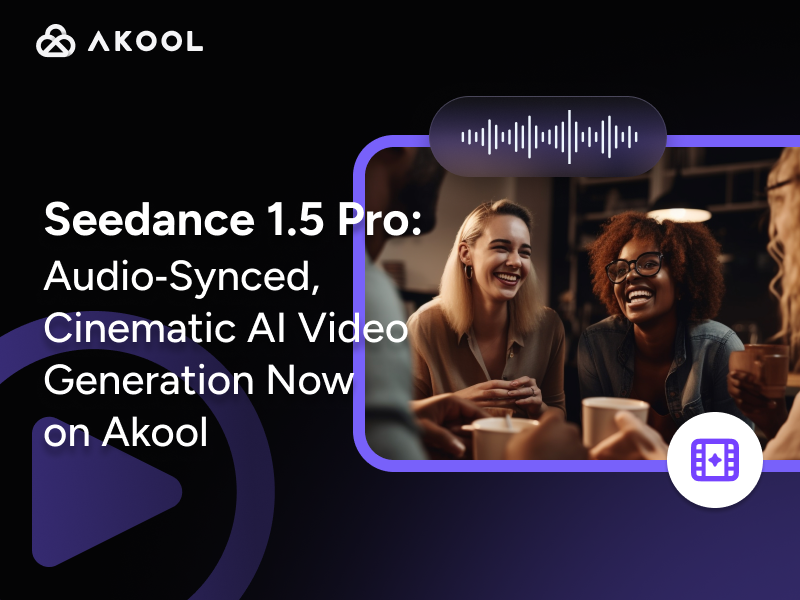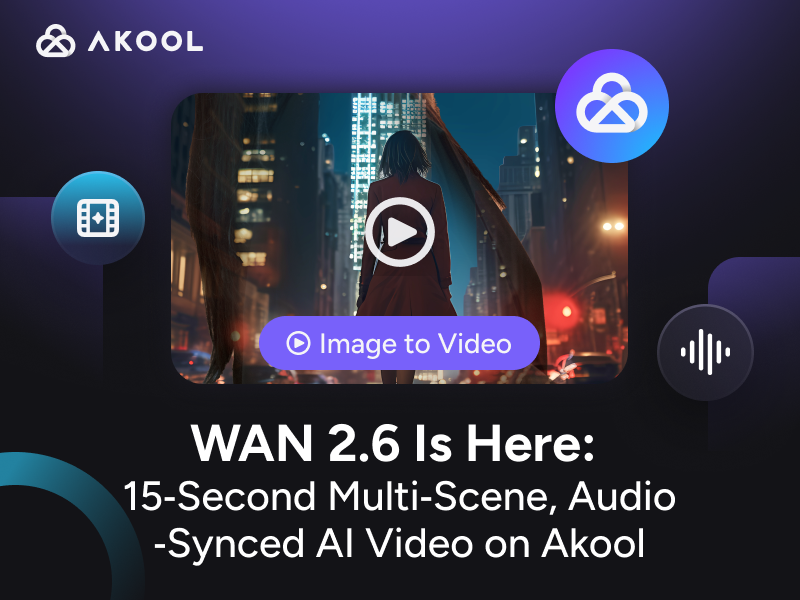Introduction to AI for HR Compliance
AI for HR compliance involves using artificial intelligence to automate and enhance compliance processes in human resources. It ensures adherence to legal standards, mitigates risks, and streamlines policy enforcement. Key capabilities include automated documentation checks, real-time regulatory updates, and predictive analytics. This technology helps creative agencies manage compliance efficiently, reducing manual errors and freeing up resources for more strategic tasks.
How to Use AI for HR Compliance
Leveraging AI for HR compliance can transform how creative agencies manage and adhere to regulatory requirements. Here's a step-by-step approach to effectively integrate AI into your HR compliance processes:
Step 1: Identify Compliance Needs
- Define Objectives: Determine the specific compliance areas where AI can add value, such as policy audits, data management, or bias detection.
- Assess Current Processes: Evaluate existing HR compliance workflows to identify inefficiencies and areas for automation.
Step 2: Choose the Right AI Tools
- Select Appropriate Software: Look for AI for HR solutions that specialize in compliance, offering features like automated documentation checks and real-time regulatory updates.
- Consider Integration: Ensure that the chosen AI tools can integrate with your current HR systems to facilitate data exchange and streamline operations.
Step 3: Implement AI Solutions
- Deploy AI Systems: Roll out the AI tools across relevant HR functions, ensuring they are configured to meet your agency’s specific compliance requirements.
- Train HR Staff: Provide training for HR personnel on how to use AI technologies effectively, emphasizing the benefits and functionalities of the tools.
Step 4: Monitor and Evaluate
- Track Performance: Regularly assess the performance of AI systems in maintaining compliance standards, using metrics such as error reduction and time savings.
- Adjust Processes: Continuously refine AI configurations and HR processes based on feedback and performance data to enhance compliance outcomes.
Step 5: Maintain Data Security
- Implement Security Measures: Utilize AI systems with robust encryption and access controls to protect sensitive employee data, aligning with privacy regulations like GDPR.
- Regular Audits: Conduct periodic audits to ensure that AI systems and data handling practices remain compliant with evolving legal standards.
By following these steps, creative agencies can effectively harness AI to not only achieve compliance but also streamline their HR operations, allowing more focus on creative and strategic initiatives.
Applications of AI for HR Compliance
AI for HR compliance is revolutionizing how businesses manage regulatory requirements. Here are some key applications:
Automated Policy Audits: AI tools can scan and analyze company policies to ensure alignment with current laws and regulations, reducing manual review time.
Bias Detection in Recruitment: AI algorithms can identify and mitigate biases in hiring processes, promoting fair and diverse workplaces. Explore more about AI Recruiting Tools for enhancing recruitment fairness.
Employee Data Management: AI assists in securely handling sensitive employee data, ensuring compliance with privacy regulations like GDPR.
Training and Development: AI-powered platforms offer personalized compliance training programs, adapting to individual learning needs. Consider utilizing Training Videos for Employees to enhance learning engagement.
These use-cases demonstrate how AI enhances efficiency and accuracy in HR compliance, making it an invaluable tool for creative agencies aiming to maintain regulatory standards.
Technical Insights into AI for HR Compliance
Automated Documentation Checks
AI systems utilize natural language processing (NLP) to scan HR documents, ensuring they meet compliance standards. These systems can identify discrepancies and flag potential issues, significantly reducing human oversight.
Real-time Regulatory Updates
Machine learning algorithms monitor legal databases for changes in HR regulations. This allows AI systems to update policies instantly, ensuring that companies remain compliant with the latest legal standards.
Predictive Analytics
AI leverages historical data to predict compliance risks. By identifying patterns and anomalies, Predictive HR Analytics can forecast potential areas of non-compliance, allowing HR departments to proactively address them.
Integration with HR Systems
AI tools seamlessly integrate with existing HR software, offering a unified platform for compliance management. This integration facilitates data exchange between systems, enhancing the efficiency of compliance processes.
Data Security Protocols
AI systems employ advanced encryption and access control mechanisms to protect sensitive employee data. These protocols ensure compliance with privacy laws such as GDPR, safeguarding data integrity.
Continuous Learning
AI models continuously improve by learning from new data inputs and compliance outcomes. This adaptability ensures that AI systems remain effective in dynamic regulatory environments, maintaining robust compliance strategies.
| AI Feature | Description |
|---|---|
| Automated Documentation | Uses NLP to ensure HR documents meet compliance standards. |
| Real-time Regulatory Updates | Monitors legal changes to automatically update HR policies. |
| Predictive Analytics | Identifies compliance risks using historical data patterns. |
Statistics on AI for HR Compliance
Understanding the impact of AI on HR compliance can help organizations make informed decisions about integrating technology into their HR processes. Below are some recent statistics that highlight the significance of AI in this domain:
- Increased Efficiency: According to a 2023 survey by Deloitte, organizations that implemented AI tools for HR compliance reported a 30% reduction in the time spent on compliance-related tasks.
Explanation: This statistic is useful as it underscores how AI can streamline processes, allowing HR teams to focus on strategic initiatives rather than being bogged down by routine compliance checks.
Error Reduction: A 2022 report from the HR Research Institute found that companies utilizing AI for compliance management experienced a 25% decrease in errors related to regulatory filings and documentation.
Explanation: Reducing errors is crucial for maintaining compliance and avoiding costly penalties. This statistic emphasizes AI's ability to enhance accuracy and reliability in compliance procedures.
Cost Savings: IBM's 2023 Global AI Adoption Index indicated that businesses using AI solutions for HR compliance saved an average of 20% in compliance costs.
Explanation: Cost savings are a compelling reason for adopting AI technologies. By automating compliance processes, companies can reduce the need for extensive manual checks, leading to significant financial benefits.
Enhanced Risk Management: A study by PwC in 2023 revealed that 60% of organizations using AI for HR compliance reported improved risk management capabilities.
- Explanation: Effective risk management is essential for proactive compliance. This statistic highlights AI's role in identifying potential compliance risks early, enabling organizations to address them before they escalate.
| Benefit | Percentage Improvement | Source |
|---|---|---|
| Increased Efficiency | 30% | Deloitte 2023 Survey |
| Error Reduction | 25% | HR Research Institute 2022 Report |
| Cost Savings | 20% | IBM 2023 Global AI Adoption Index |
| Enhanced Risk Management | 60% | PwC 2023 Study |
These statistics illustrate the transformative impact of AI on HR compliance, offering improved efficiency, accuracy, cost-effectiveness, and risk management. By leveraging AI, organizations can enhance their compliance frameworks, ensuring adherence to regulations while optimizing resource allocation.
Frequently Asked Questions about AI for HR Compliance
What is AI for HR compliance and how does it benefit my organization?
AI for HR compliance refers to the use of artificial intelligence tools to ensure that a company's HR practices adhere to legal and regulatory standards. This technology helps organizations streamline compliance processes, reduce errors, and improve efficiency in managing HR policies.
How does AI help in maintaining HR compliance with changing regulations?
AI tools can continuously monitor updates in labor laws and regulations, automatically adjusting HR policies and procedures as needed. This proactive approach helps organizations stay compliant without the need for constant manual intervention.
Can AI tools for HR compliance assist in reducing compliance-related risks?
Yes, AI tools can identify potential compliance risks by analyzing patterns in HR data, flagging anomalies, and suggesting corrective actions. This reduces the likelihood of non-compliance and associated penalties.
How can AI ensure data privacy and security in HR compliance?
AI systems are designed to handle sensitive HR data with advanced security protocols, ensuring that personal information is protected from unauthorized access and breaches. This compliance with data protection regulations is a key feature of AI for HR compliance.
What role does AI play in employee training for HR compliance?
AI can personalize training programs by analyzing individual learning needs and providing customized content. It can also track progress and assess understanding, ensuring employees are well-informed about compliance requirements.
How does AI improve the efficiency of HR compliance audits?
AI automates the collection and analysis of HR data, making audits faster and more accurate. It can generate comprehensive reports that highlight compliance status and areas needing attention, simplifying the audit process.
Can AI for HR compliance integrate with my existing HR systems?
Most AI tools are designed to seamlessly integrate with existing HR management systems, enhancing their functionality without requiring significant changes to current processes.
What are the cost benefits of using AI for HR compliance?
By automating routine compliance tasks and reducing the risk of costly penalties, AI tools can significantly lower operational costs. They also free up HR staff to focus on more strategic initiatives, further boosting organizational efficiency.




